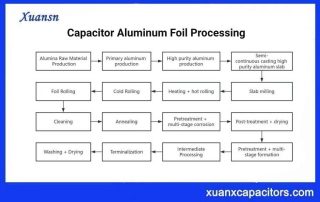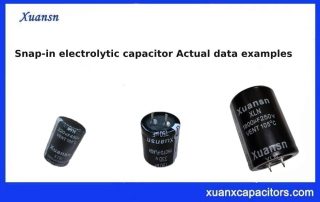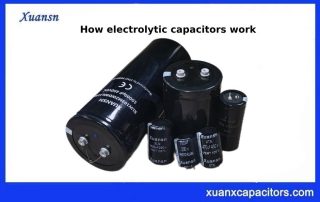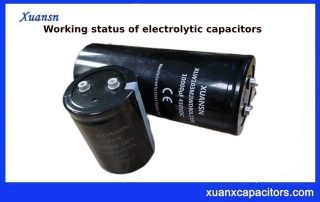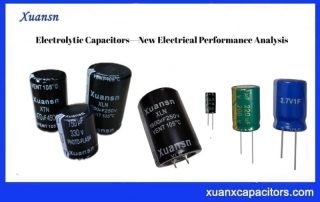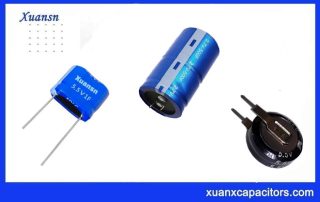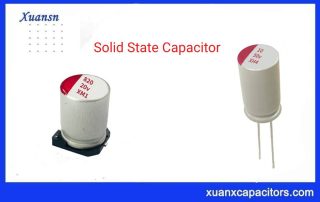Capacitor Aluminum Foil Processing Technology Development
1.the Development of Capacitor Aluminum foil Processing Technology Capacitor aluminum foil processing-Aluminum electrolytic capacitors are the main varieties of capacitor products. It is estimated that the output value of aluminum electrolytic capacitors accounts for about 50% of the output value of all types of [...]
